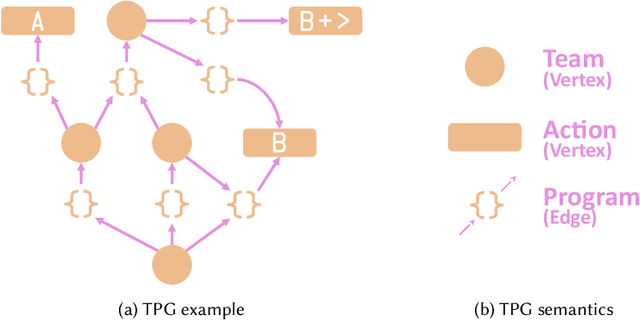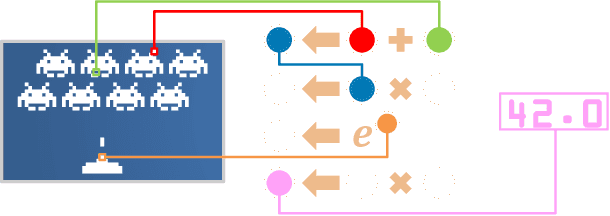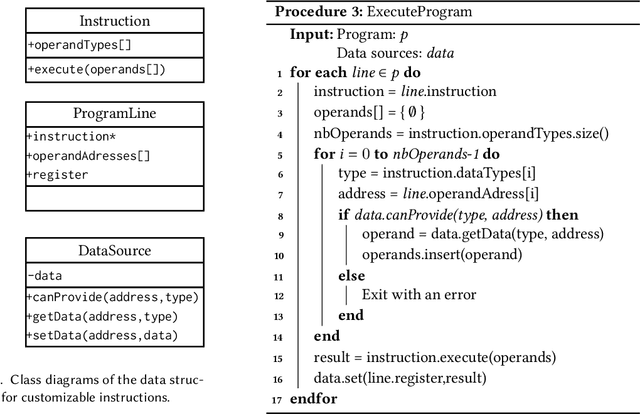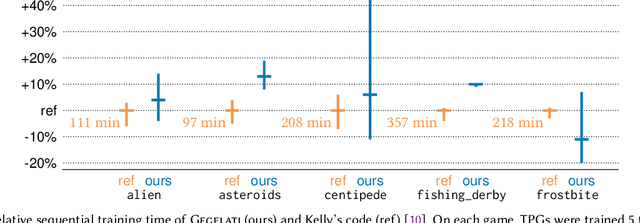Karol Desnos
UNIV-RENNES, INSA Rennes, IETR
Tangled Program Graphs as an alternative to DRL-based control algorithms for UAVs
Nov 08, 2024Abstract:Deep reinforcement learning (DRL) is currently the most popular AI-based approach to autonomous vehicle control. An agent, trained for this purpose in simulation, can interact with the real environment with a human-level performance. Despite very good results in terms of selected metrics, this approach has some significant drawbacks: high computational requirements and low explainability. Because of that, a DRL-based agent cannot be used in some control tasks, especially when safety is the key issue. Therefore we propose to use Tangled Program Graphs (TPGs) as an alternative for deep reinforcement learning in control-related tasks. In this approach, input signals are processed by simple programs that are combined in a graph structure. As a result, TPGs are less computationally demanding and their actions can be explained based on the graph structure. In this paper, we present our studies on the use of TPGs as an alternative for DRL in control-related tasks. In particular, we consider the problem of navigating an unmanned aerial vehicle (UAV) through the unknown environment based solely on the on-board LiDAR sensor. The results of our work show promising prospects for the use of TPGs in control related-tasks.
Gegelati: Lightweight Artificial Intelligence through Generic and Evolvable Tangled Program Graphs
Dec 15, 2020



Abstract:Tangled Program Graph (TPG) is a reinforcement learning technique based on genetic programming concepts. On state-of-the-art learning environments, TPGs have been shown to offer comparable competence with Deep Neural Networks (DNNs), for a fraction of their computational and storage cost. This lightness of TPGs, both for training and inference, makes them an interesting model to implement Artificial Intelligences (AIs) on embedded systems with limited computational and storage resources. In this paper, we introduce the Gegelati library for TPGs. Besides introducing the general concepts and features of the library, two main contributions are detailed in the paper: 1/ The parallelization of the deterministic training process of TPGs, for supporting heterogeneous Multiprocessor Systems-on-Chips (MPSoCs). 2/ The support for customizable instruction sets and data types within the genetically evolved programs of the TPG model. The scalability of the parallel training process is demonstrated through experiments on architectures ranging from a high-end 24-core processor to a low-power heterogeneous MPSoC. The impact of customizable instructions on the outcome of a training process is demonstrated on a state-of-the-art reinforcement learning environment. CCS Concepts: $\bullet$ Computer systems organization $\rightarrow$ Embedded systems; $\bullet$ Computing methodologies $\rightarrow$ Machine learning.
 Add to Chrome
Add to Chrome Add to Firefox
Add to Firefox Add to Edge
Add to Edge